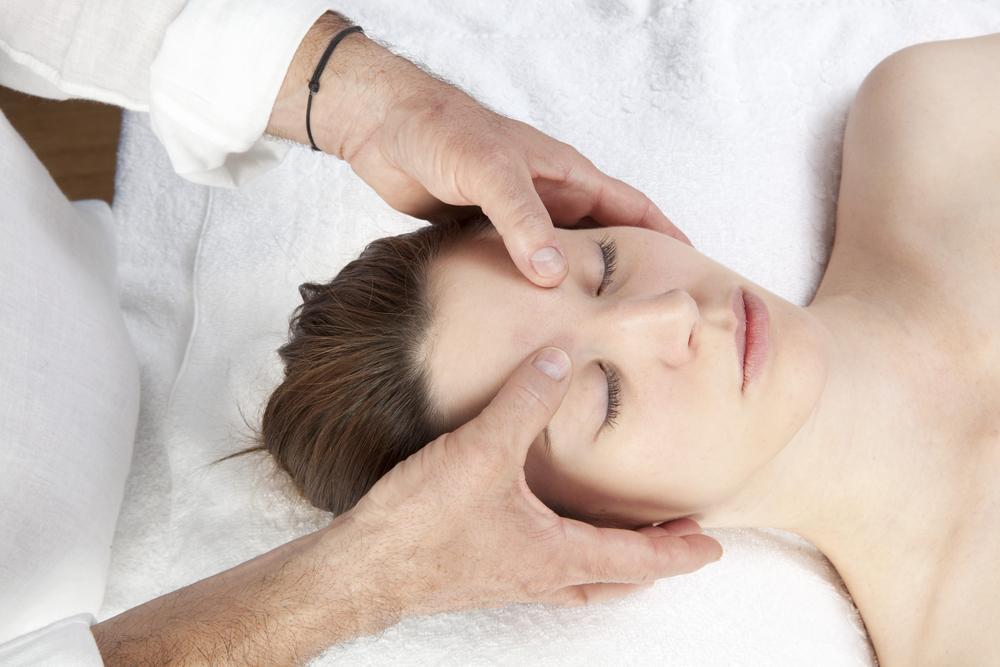Comprehensive Guide to Migraine Relief: Causes, Symptoms, and Effective Treatment Methods
This comprehensive article explores the causes, symptoms, and treatment options for migraines. It emphasizes the importance of identifying triggers and adopting lifestyle changes, alongside medical solutions, to effectively manage migraines. Advances in research offer promising new therapies, aiming to improve the quality of life for millions affected by this chronic condition.

Comprehensive Guide to Migraine Relief: Causes, Symptoms, and Effective Treatment Methods
Migraines are severe, debilitating headaches that can significantly impair daily life. These intense episodes are often characterized by throbbing pain, usually localized on one side of the head, and are frequently accompanied by other distressing symptoms such as nausea, vomiting, visual disturbances, and increased sensitivity to light and sound. The duration of migraines can vary widely, lasting anywhere from several hours to multiple days, making them a major concern for those affected. According to data from the National Headache Foundation, approximately 28 million individuals in the United States live with migraines, with women suffering from these episodes more frequently than men. Despite their prevalence, the precise mechanisms causing migraines are still not entirely understood, but current research suggests a complex interplay of neurological, vascular, and biochemical factors.
Multiple theories point to abnormalities in blood vessel function, imbalances in brain chemicals such as dopamine and serotonin, and neurovascular dysregulation as contributing to migraine pathophysiology. Common triggers that can set off migraines include psychological stress, dietary factors like certain foods and additives, hormonal fluctuations particularly in women, caffeine withdrawal, environmental changes, and sleep disturbances. Recognizing and managing these triggers is key to controlling migraine episodes and improving quality of life.
Effective treatment strategies are multifaceted. They involve both medication and lifestyle modifications tailored to individual needs. Preventive medications may include beta-blockers, anticonvulsants, and newer biologic agents designed to reduce the frequency and severity of attacks. Acute treatments often involve pain relievers such as triptans, NSAIDs, or anti-nausea medications to alleviate symptoms promptly. Furthermore, identifying personal triggers through headache diaries and avoiding known provocateurs can significantly decrease the occurrence of migraines. Lifestyle adjustments—such as maintaining regular sleep patterns, staying hydrated, managing stress through relaxation techniques, and avoiding specific foods—are crucial components of an effective management plan. Advances in neuroimaging and neurochemical research continue to shed light on the complex mechanisms underlying migraines, paving the way for targeted therapies that could revolutionize treatment options in the future.
Understanding the underlying neurovascular mechanisms of migraines not only helps in accurate diagnosis but also aids in developing tailored treatment protocols. For example, recent developments include the use of CGRP (calcitonin gene-related peptide) inhibitors, which provide new hope for patients with chronic migraines unresponsive to traditional therapies. Additionally, emerging treatments focusing on lifestyle and dietary interventions serve as valuable adjuncts, empowering sufferers to take control of their condition. As research progresses, a better understanding of individual differences in migraine triggers and responses to therapy will enable more personalized medicine approaches, improving outcomes and enhancing the overall well-being of those affected.





